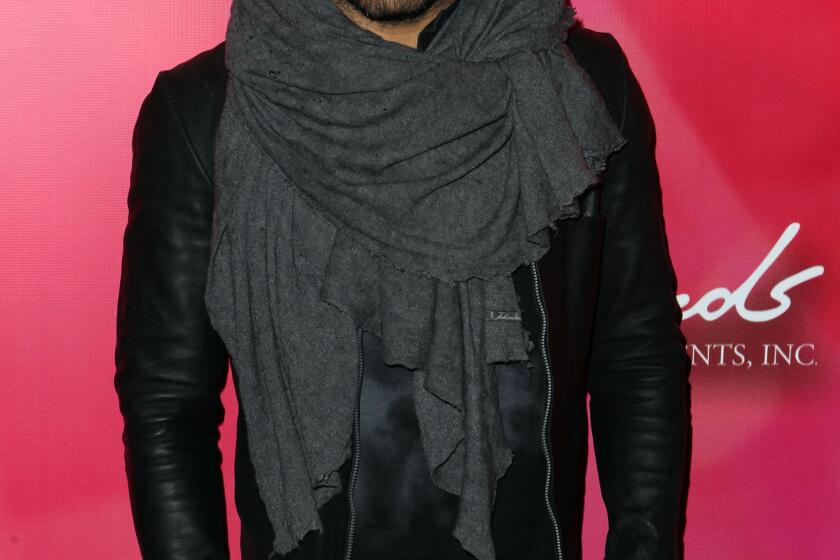Lucas Film Innovations Spawn Varied Ventures
After filming the first “Star Wars” movie with special effects far from special, George Lucas spent millions to develop a complete digital editing system to populate his sequels with armies of X-wing fighters and Gungan warriors.
Then, he virtually gave it away.
“We were 10 years ahead of the commercial reality,” said Bob Doris, co-general manager of Lucas’ computer division during the mid-’80s.
“He inspired some very worthwhile ventures ... but the innovations weren’t close to paying for themselves.”
So Lucas sold many of his technologies at low prices -- technologies that would later appear in home stereos, cellphones, medical imaging devices and virtually every Hollywood studio, driving billion-dollar companies and employing thousands of people.
Apple Computer Inc. Chief Executive Steve Jobs paid $10 million for the team that became Pixar Inc., and the movie company went on to make $3 billion at the box office.
And so it goes with Lucas, who was famous for saying “I’m not a venture capitalist.”
Lucas recognized the absurdity of his situation as he made the first “Star Wars” movie. There he was trying to tell a futuristic story about intergalactic revolution, space travel and androids, and Hollywood was stuck using 50-year-old filmmaking techniques.
To create spaceships or alien creatures, his artists built small models and hoped for audiences with vivid imaginations. The first “Death Star” was made out of plastic.
Lucas aspired for something much more grand, and after the first movie was released in 1977, he gathered a small group of computer artists and told them to spare no expense in creating a system that would include software capable of rendering images in three dimensions.
First, the computer team created “EditDroid,” the first digital-editing system. It allowed movies to be transferred to computer disks so editors wouldn’t have to fiddle with cumbersome film reels. Lucas sold that technology to Avid Technology Inc., which went on to sell the forerunner of modern movie-editing bays.
Then he sold the computer division -- later to become Pixar -- to Jobs in 1986 in arguably one of the worst deals in movie history.
Using talent and technology that Lucas had let go, Pixar developed RenderMan, the software that has since transformed the film industry by infusing computer images with real-world qualities, such as shadows, glossy reflections, motion-blur and depth of field.
Emeryville, Calif.-based Pixar used RenderMan in 1995 to release the first entirely computer-animated film, “Toy Story,” and then five more hits.
Other studios used RenderMan or software inspired by it to make the form-changing cyborg in “Terminator 2,” the massive waves in “The Perfect Storm” and even the smoke and fire in the final installment of the six-film saga, “Star Wars: Episode III Revenge of the Sith,” which premiered Thursday.
In all, the software has helped studios win 33 of the last 35 Academy Awards for special effects.
But Lucas -- already financially secure because he owned the “Star Wars” franchise -- had good reason for unloading some of the technology. Most of the editing and production tools were so advanced that there was little market for them at the time.
Also, he wasn’t motivated by profit -- he just wanted to make better films, said Doris, who left with three other Lucas staffers in 1986 to form Sonic Solutions, which makes DVD-creation software.
In fact, dozens of groundbreaking technologies were initially developed at Lucasfilm Ltd.’s San Rafael, Calif., headquarters, known as Skywalker Ranch.
More to Read
The biggest entertainment stories
Get our big stories about Hollywood, film, television, music, arts, culture and more right in your inbox as soon as they publish.
You may occasionally receive promotional content from the Los Angeles Times.






